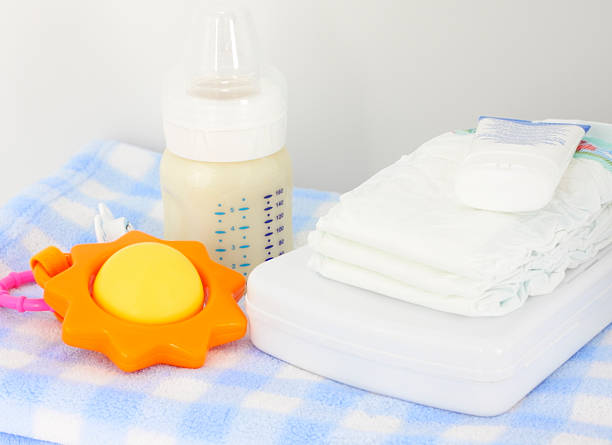
Breastfeeding is a cherished period in the early stages of motherhood, providing essential nutrients to newborns. However, for many mothers juggling various responsibilities, direct breastfeeding might not always be possible. This is where “Ziplock Breastmilk Storage Bags” come into play, offering a convenient and safe solution for storing breast milk. These bags are specifically designed to preserve the quality and safety of breast milk, making them a must-have for nursing mothers. In this article, we will explore the best practices for safe storage of breast milk using Ziplock breastmilk storage bags.
Choosing the Right Bags
Not all storage bags are created equal. When selecting Ziplock breastmilk storage bags, ensure they are BPA-free, pre-sterilized, and durable enough to withstand storage conditions. The material should be thick and puncture-resistant to prevent leaks and contamination.
Clean and Sterile Environment
Before handling breast milk, wash your hands thoroughly with soap and water. Ensure that the area where you express and handle the milk is clean and sanitized. Even though Ziplock bags are pre-sterilized, avoid touching the insides of the bag to minimize contamination risks.
Proper Filing Techniques
When filling Ziplock breastmilk storage bags, leave about an inch of space at the top of the bag. This space allows the milk to expand when it freezes, preventing the bag from bursting. Label each bag with the date and time of the milk expression. This practice helps in using the oldest stock first and managing the storage efficiently.
Optimal Storage Conditions
Breast milk can be stored in different ways:
- At room temperature (up to 77°F or 25°C) for about 4-6 hours.
- In the refrigerator (at 39°F or 4°C) for up to 5 days.
- In the freezer (at 0°F or -18°C) for about 6 months is optimal and up to 12 months maximum.
For longer storage durations, place the Ziplock breastmilk storage bags in the back of the freezer where the temperature is most constant. Avoid storing milk in the door of the freezer where temperature fluctuations are more frequent.
Thawing and Using Stored Milk
Thaw frozen breast milk by placing the Ziplock bag in the refrigerator overnight or by holding it under warm running water. Never use a microwave to thaw or heat breast milk as it can create hot spots and destroy valuable nutrients. Once thawed, gently mix the milk (do not shake vigorously) to distribute the fat that may have separated. Use thawed breast milk within 24 hours and do not refreeze it.
Disposal of Used Bags
For environmental and health safety, dispose of used Ziplock breastmilk storage bags properly. Do not reuse the bags as they are designed for single use and reusing them can increase the risk of contamination.
By following these best practices, you can ensure that your stored breast milk remains safe and nutritious for your baby, leveraging the convenience and reliability of Ziplock breastmilk storage bags. These simple steps not only help in managing your time and resources efficiently but also ensure that your baby gets the best possible nutrition in your absence.